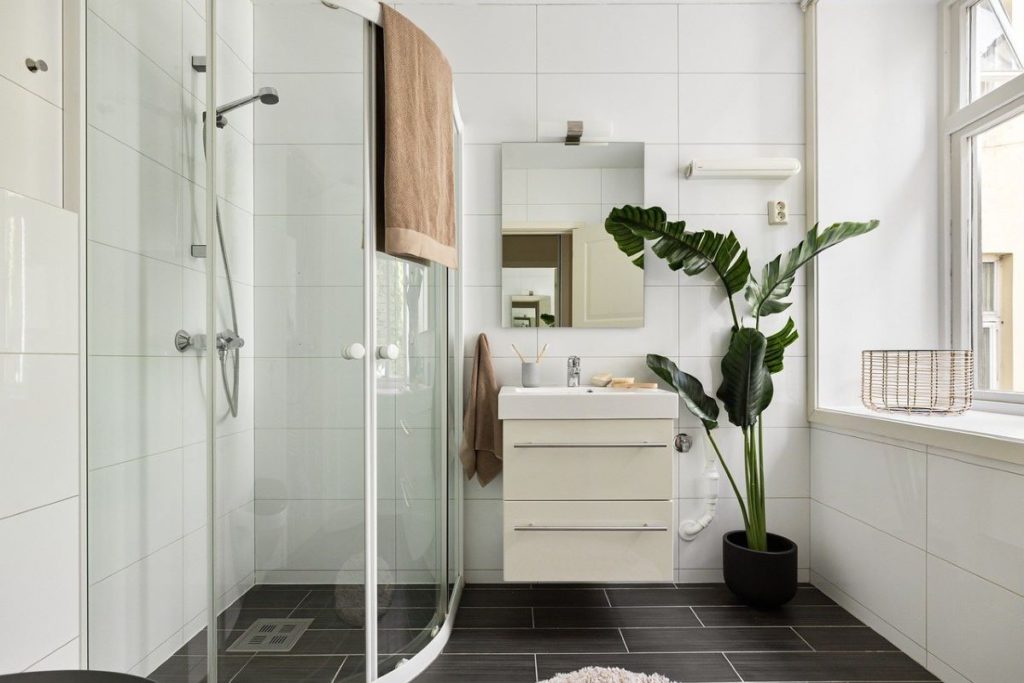In the realm of home improvement, the allure of a revamped living space often comes with a hefty price tag. However, the notion that renovation must drain your bank account is simply a myth. With strategic planning and creativity, it’s entirely possible to breathe new life into your home without breaking the bank. Here, we’ll explore a myriad of affordable home renovation strategies that will help you achieve your desired aesthetic without emptying your wallet.
Set a Realistic Budget: Before diving straight into your renovation project, it’s crucial to establish a realistic budget. Take into account your financial situation and then decide how much you are willing to spend on the renovation project. Don’t forget to include any unexpected expenses that can arise during the process. Setting a clear budget will help you prioritise your goals and make informed decisions.
 Focus on High-Impact Areas: When working with a limited budget, it’s essential to focus your resources on high-impact areas that will provide the most significant transformation. Consider targeting spaces like the kitchen or bathroom, as these rooms tend to have a major impact on the overall value and appeal of your home. Simple upgrades such as painting cabinets, replacing hardware, or installing a new backsplash can breathe new life into these spaces.
Focus on High-Impact Areas: When working with a limited budget, it’s essential to focus your resources on high-impact areas that will provide the most significant transformation. Consider targeting spaces like the kitchen or bathroom, as these rooms tend to have a major impact on the overall value and appeal of your home. Simple upgrades such as painting cabinets, replacing hardware, or installing a new backsplash can breathe new life into these spaces.
DIY Where Possible: One effective approach to saving money on home renovations is by adopting a do-it-yourself (DIY) mentality wherever feasible. With so many online tutorials and resources available, many renovation tasks have become accessible to the average homeowner. Tasks such as painting walls, laying tile, or refinishing furniture can be accomplished with relative ease. For projects requiring structural support or protection, utilising durable materials like tree guard mesh or going for welded mesh can be a cost-effective alternative. Taking a hands-on approach not only saves on labour costs but also empowers homeowners to personalise their space according to their preferences. However, it’s crucial to research each project thoroughly and take necessary safety precautions to ensure successful outcomes.
Repurpose and Upcycle: Don’t underestimate the power of repurposing and upcycling existing materials and furniture in your home. Instead of splurging on brand-new items, consider giving old pieces a fresh lease on life with a bit of creativity and elbow grease. Whether it’s refinishing old hardwood floors, repainting furniture, or repurposing thrift finds, there are countless ways to breathe new life into your home without spending a fortune.
Shop Smart for Materials: Look for materials that are long-lasting and come within your budget. Keep an eye out for sales, discounts, and clearance items at home improvement stores to benefit from great deals on everything from flooring to fixtures. Don’t overlook the value of online marketplaces and local classifieds as well for finding gently used materials at a fraction of the cost of new ones.
Prioritise Energy Efficiency: Investing in energy-efficient upgrades during your renovation can lead to long-term savings on utility bills while also reducing your home’s environmental footprint. Consider installing LED lighting, upgrading to energy-efficient appliances, or improving insulation to make your home more eco-friendly and cost-effective.
Consider Partial Renovations: When embarking on home renovations with budget constraints, considering partial renovations can be a strategic approach. Rather than tackling entire spaces at once, focus on specific areas that require attention. For instance, you might prioritise updating showers to enhance functionality and aesthetics while keeping costs manageable. Alternatively, investing in new vanities for bathrooms can provide a significant refresh without undertaking a full-scale renovation. By breaking down your renovation goals into smaller, more manageable projects, you can spread out expenses over time and avoid financial strain. This approach allows homeowners to gradually transform their living spaces while staying within their budgetary limits.
Don’t Overlook Curb Appeal: While much emphasis is often placed on interior renovations, don’t underestimate the importance of curb appeal in enhancing the overall value and appeal of your home. Simple upgrades such as painting the front door, adding landscaping, or installing outdoor lighting can make a significant impact on your home’s exterior without breaking the bank.
Know When to Hire Professionals: While the DIY approach can help you save more, there are certain tasks that are best left to the professionals. Complex plumbing, electrical work, and structural modifications should always be handled by experienced professionals to ensure safety and compliance with building codes. While it may seem like an added expense upfront, hiring the right professionals can ultimately save you time, money, and headaches in the long run.
Plan for the Future: As you embark on your renovation journey, it’s essential to think not only about your immediate needs but also your long-term goals for your home. Choose durable materials and design your space in a way that allows for flexibility and adaptability as your needs evolve. By taking a thoughtful and strategic approach to your renovation, you can ensure that your investment pays off for years to come.
With careful planning, smart shopping, and a bit of elbow grease, you can achieve the home of your dreams while staying within your budgetary constraints.
